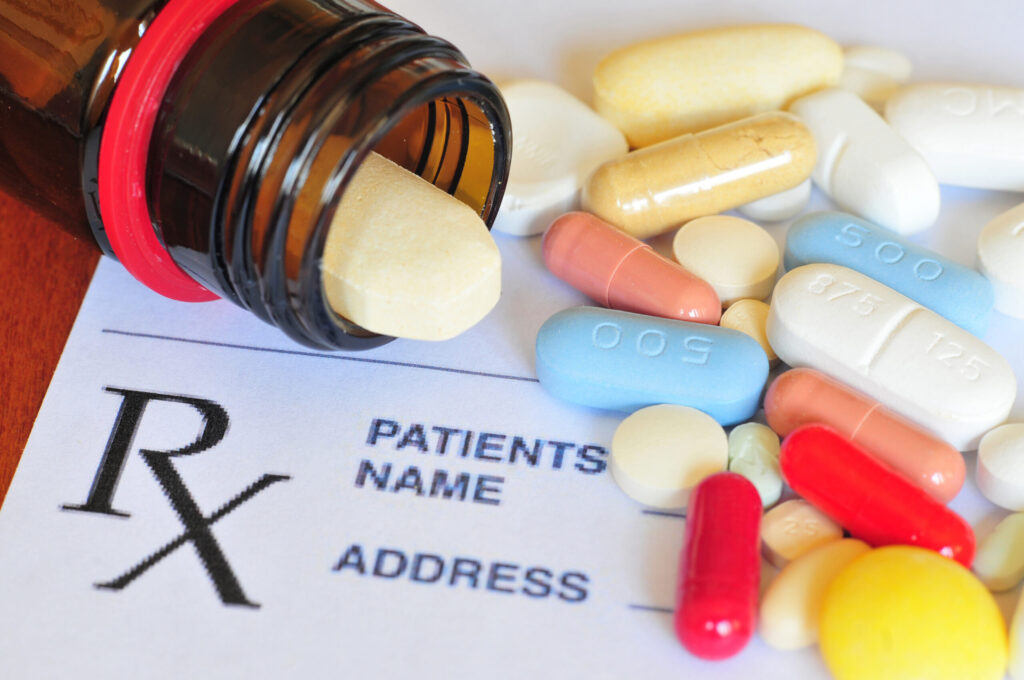The alarm bells are ringing across the nation as an emerging drug crisis strikes at the heart of our society’s most vulnerable segment: our youth. We’ve long been aware of the devastating effects of illicit drugs and alcohol; however, an insidious threat has now infiltrated suburban homes, school locker rooms, and teenage gatherings, laying a dangerous path that often leads to opioid overdose treatment. Known as “Generation Rx,” this phenomenon involves the abuse of prescription drugs, a growing concern that requires urgent attention. Let’s dive into it.
Unmasking the Generation Rx Epidemic

This silent yet pervasive epidemic, dubbed “Generation Rx,” is characterized by a significant increase in the abuse of prescription drugs among adolescents and young adults. Prescription drugs, once perceived as safe due to their medicinal origins, are now being abused, causing damaging health effects that include addiction and even fatal overdose.
These prescription medications typically fall into three categories: opioids (like OxyContin and Vicodin), central nervous system depressants (like Xanax and Valium), and stimulants (like Adderall and Ritalin). Young people are increasingly gaining access to these potent substances from family medicine cabinets, friends, or illicit dealers, misusing them to manage pain, anxiety, or stress or to achieve a high as a form of escape.
Unveiling the Reasons Behind Prescription Drug Abuse
Several factors contribute to this escalating crisis. Foremost among them is the widespread misperception that prescription drugs are safer than illicit substances. When these medications are prescribed by a healthcare provider, they’re often perceived as safe for all, leading to the false assumption that they carry no risk of addiction or overdose.
In addition, societal pressure and the stresses of adolescence also play a crucial role. With the increasing academic pressures, the competition in sports, and the challenges of social media, young people may turn to prescription drugs to handle stress, increase productivity, or enhance performance.
Moreover, the ease of accessibility and the relative anonymity in obtaining these drugs—often from family or friends—further encourages misuse.
The Widespread Implications of Prescription Drug Abuse

The ramifications of the “Generation Rx” trend are vast, affecting individuals, families, schools, and communities. For individuals, long-term misuse of these drugs can lead to addiction, mental health disorders, physical harm, and, in the worst cases, fatal overdoses.
At the family level, parents and siblings bear the emotional burden, often feeling powerless as they watch their loved ones struggle with addiction. Schools experience disruptions, with students’ academic and athletic performance declining due to substance misuse. Communities grapple with increased healthcare costs and law enforcement challenges as they combat this rising tide of prescription drug abuse.
Strategies to Combat Prescription Drug Misuse Among Youth
Efforts to combat the “Generation Rx” crisis must be multifaceted, addressing both the supply and demand of these misused substances. On the supply side, responsible prescribing practices and proper disposal methods can reduce the availability of these drugs.
On the demand side, education is key. School programs that educate students about the dangers of prescription drug misuse, along with public awareness campaigns, can help dispel the myth that these drugs are safe to use outside a prescribed context.
Supporting young people’s mental health is another crucial strategy. Providing access to mental health services, stress management techniques, and alternative therapies can help youth cope with peer pressures and compromised mental health concerns without turning to substances.
In conclusion, the “Generation Rx” phenomenon is a sobering reminder of the evolving challenges we face in drug misuse and addiction. However, by recognizing the problem, understanding its causes, and actively implementing strategies to combat it, we can strive to create a healthier and safer future for generations to come.





